
Local Middle School Teacher Brings Authentic Research To Class
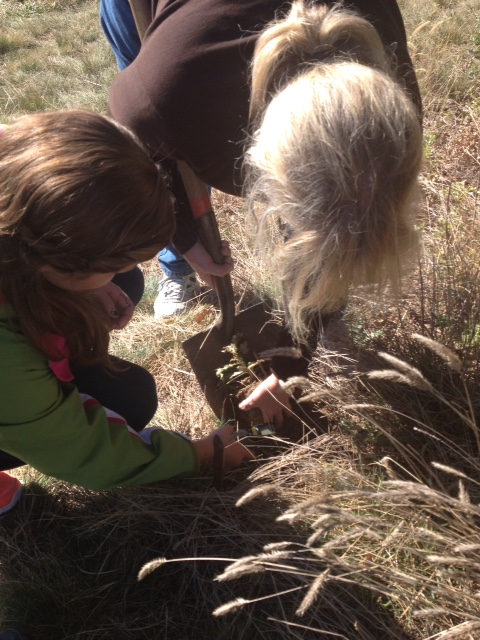
By Amanda Morrison
Sixth grade science teacher Mary Hunter-Laszlo has a passion few outside of her Science Adventures classes know about: she loves the Arctic and she loves research. For many years, Mrs. Laszlo has traveled with Dr. John Moore’s research team from the Natural Resource Ecology Lab at CSU and other middle and high school science teachers from across the country to Toolik Lake Field Station above the Arctic Circle in Alaska. Each year, they conduct a research study called “The Pluck” in a mobile lab on the tundra.
The Pluck is part of a long-term study lead by various scientists to determine the effects of increased nitrogen and phosphates, wildfire, and other disturbances on the tundra. These disturbances are increasing naturally as the tundra thaws from progressing global climate change. Soil tundra samples are taken from study plots and brought to an indoor lab where they are literally plucked apart. The above ground crew works 12-14 hour days plucking and identifying species of plants, lichens, and mosses from tundra samples. Once species are sorted and plant parts separated further into roots, rhizomes, and leaves, the plant parts are placed into paper envelopes to be dried and weighed within a few weeks time. This biomass data is used by scientists to determine how tundra plants respond to changing environmental conditions associated with climate change. In addition to the aboveground work, soil fauna (protozoa, bacteria, fungi, nematodes) are extracted to help determine what the food web is in the tundra soil.
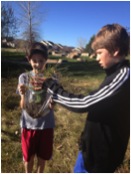
In the fall of 2014, with the help of NREL Education Coordinator Amanda Morrison, Mrs. Laszlo brought The Pluck into her middle school classroom. Applying the study treatments on school grounds was not feasible, so Morrison and Laszlo slightly altered the protocol so students could use The Pluck at school. A study design was created, students collected samples, plucked apart soil, and separated species.
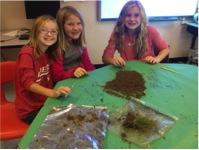
The students determined the percentage of moisture in the soil, the amount of biomass, and faunal species richness and diversity. Students sampled near the school pond at three elevations along a south-facing slope, amassing a total of 72 samples. Students drew site maps, collected samples, measured and weighed soil and plant material, identified plant and animal species, and tracked data for their own sample. Once samples had been processed, the data were available for students to analyze, which they did in class.
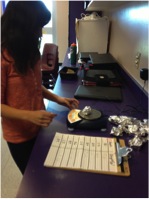
Science Adventures Quarter 1 classes found some surprising and unexpected results, which were shared with students in Quarter 2 classes. Quarter 2 students brainstormed possible explanations, asked new questions based on earlier findings, and made suggestions on how to improve the study design. Mrs. Laszlo incorporated this into a revised design and students took to the field to sample. A second pluck ended with more surprising results, generating exciting conversations about the findings; one student took it upon himself to formally write up the findings with the reasoning that his classmates had generated thorough discussion.
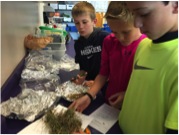
The Next Generation Science Standards and the 8 Practices of Science and Engineering are inherent to this research experience in which students are key players. This experience of bringing authentic research into the classroom engages students in the science practices of real researchers, who are present alongside them, and adds value and meaning to what is being learned. Students are collaborating, planning and carrying out investigations, asking questions, analyzing and interpreting data, defining problems, and constructing explanations. Through all of this, they are contributing to existing information about their local environment which gives them ownership and citizenship. In addition, findings from the Preston Pluck will be shared with the CSU ecologists who conduct “The Pluck” in the Arctic.
Amanda Morrison is a licensed secondary science teacher and NREL’s K-12 Education Coordinator. She spends her time working with NREL researchers and graduate students to bring their research into classrooms through professional development activities and field research experiences for middle and high school science teachers.